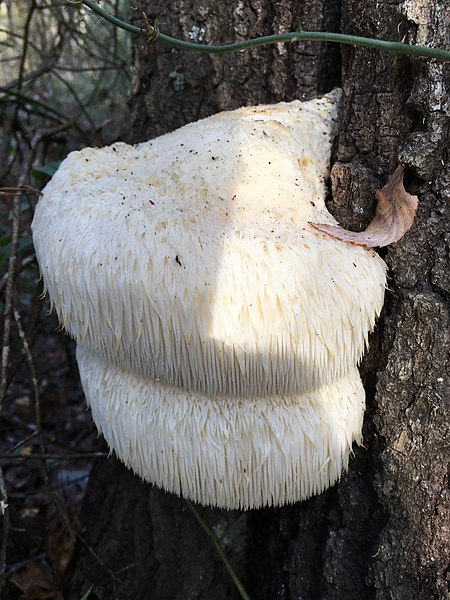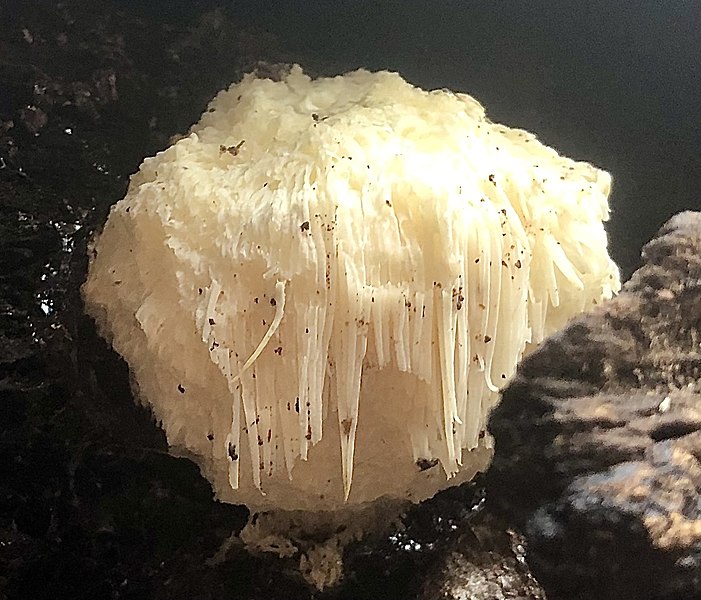Lion’s Mane Identification – Hericium erinaceus
Heads up
Lion’s Mane is native to regions in North America, Europe, and Asia. Recognized for its long dangling spines that are longer than half an inch, this mushroom usually forms a single clump, almost like a mop head. These “spines” aren’t just for looks – they’re where the mushroom produces its spores. When it comes to where they grow, Lion’s Mane mushrooms prefer hardwoods. So, when you’re in a forest, look out for dead trees, specifically beech and maple. Lion’s Mane holds a special place in Asian tradition. For hundreds of years, it’s been used in traditional Chinese medicine.
Lion’s Mane: Key Parts in Photos



How to identify Lion’s Mane
Fruitbody: The fruitbody of a mushroom is the part we generally see above the ground. In the case of Lion’s Mane, it’s also called the Pom-Pom mushroom, because it looks like a fluffy pom-pom. It often appears round with spines cascading from a central point, similar to how a mop head looks. The colors can range from white to pale yellow-brown. As it ages, it might get a bit darker.
Size and Structure: You might stumble upon a Lion’s Mane that’s as large as 12 inches across, but typically, they’re around 4-10 inches. While it lacks a distinct stipe, it attaches to the tree with a short, broad base. Even though these are annual mushrooms, meaning they typically grow once a year, you might find them popping up at the same spot on a tree for several years in a row.
Spines with Pointed Tips: One of the distinct features of Lion’s Mane is its spines. These have pointed ends and can be up to 2 inches long.
Spores: If you ever get to see the spores under a microscope, they appear smooth and are broadly oval-shaped.
Odor and Taste: While it might not have a strong distinctive smell, its taste is where it shines. People who’ve savored it often compare its flavor to that of a lobster cooked in butter.
Want to learn more?

Disclosure: This post includes affiliate links. If you make a purchase through these links, we may earn a commission at no extra cost to you. We appreciate your support, as it helps keep this website running. Alternatively, you can search for the book title on Amazon if you prefer not to use the links. Thank you for your understanding and support!
